Founder MaryAnn Camilleri reflects on a decade of supporting the art of photography.

This year, the Magenta Foundation turns ten-years-old. From publishing important monographs by Canadian photographers such as Robert Bourdeau, Jack Burman and Greg Girard to the yearly Flash Forward compendiums of emerging Canadian, American and U.K. artists to the Flash Forward festival that is now a staple of the Boston arts calendar, we have a lot to celebrate.
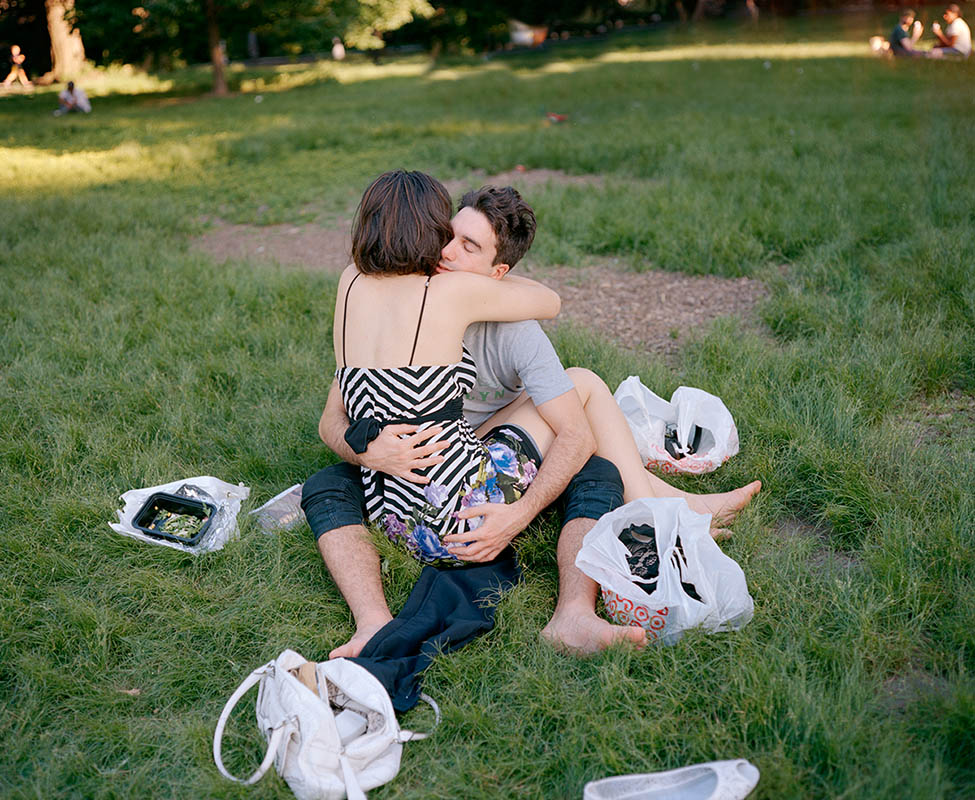
And, we’re just getting started. With the successful launch of our Incubator program this year, as well as the sponsoring of pop-up exhibitions in Pittsburgh, the Foundation’s dedication to promoting photography as a dynamic art form and building a network of photography professionals is stronger than ever. Here, Magenta’s founder MaryAnn Camilleri talks with Simon Bainbridge, the editor of the British Journal of Photography, about where the Foundation has been, and where it’s going.
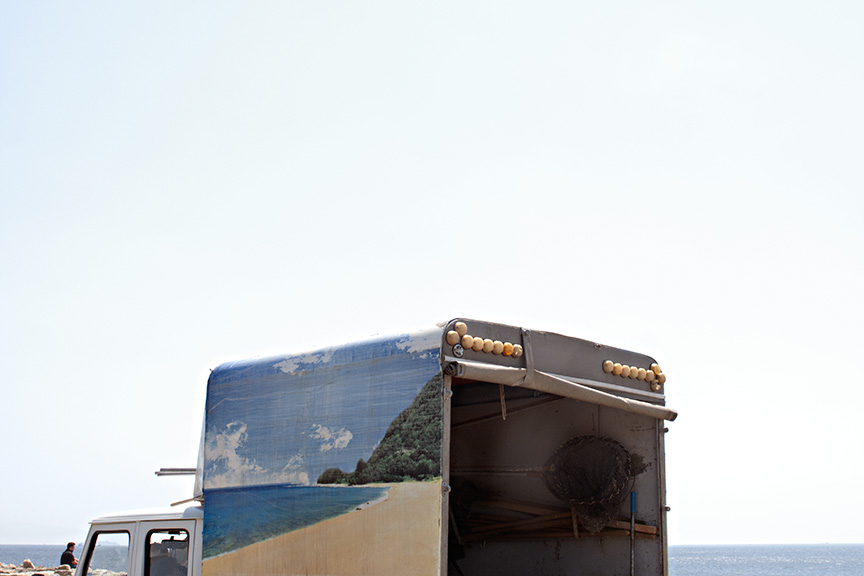
Simon Bainbridge (SB): What eventually took you back to Toronto?
MaryAnn Camilleri (MC): I was starting to get restless in New York. I wasn’t sure what I wanted to do, nor was I satisfied with where I was living. I love the city, but I wanted a quieter life. One morning, my father phoned — he never called me — and said that if there was ever a time that I was considering coming home, now would be good because my mother was ailing. I hadn’t been home in 10 years, and had been considering a suggestion Stephen Bulger had made about putting together a compendium of Canadian photographers, so I thought, ‘Why not?’ Summer in Toronto is amazing. As hot as Toronto gets, it’s nothing like a New York summer.
So in May 2004, I headed to Toronto and started talking with a community I had left behind, exploring the work of Canadian photographers I was not aware of. I was approached by many people who felt that Canada needed an arts-publishing house. After meeting the movers and shakers in the city and seeing the fantastic work of Canadian photographers, on September 7, Magenta launched. I never went back to New York.
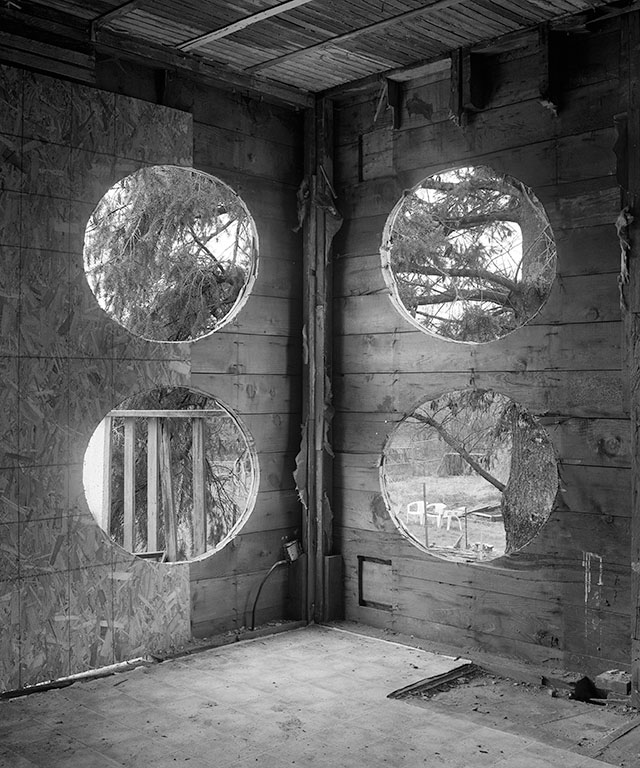
SB: Why did you launch Flash Forward at the same time, introducing the contest that still runs today?
MC: The compendium, Carte Blanche, took two years to bring together, and while I was meeting artists and seeing their work with the 17 jurors, I started thinking that I wanted to correct what I felt was a great injustice to emerging artists: They weren’t getting their work seen. I didn’t intend to start everything all at once, but because things were taking a lot of time on the book front, doing something that was more tangible with a quick turnaround was very appealing. And so, Flash Forward was born.
The contest was the best way to test the quality of the work in the schools. We began with Ryerson University in Toronto and Tisch in New York, because I knew teachers in both, and that is half the battle with any contest. How quickly the project took off was a bigger surprise than I could have imagined.

SB: How did the first year go?
MC: I had met, and was impressed by, a mentor in our art community, Sophie Hackett, who is now the Associate Curator of Photography at the Art Gallery of Ontario. I had told her that I wanted to start an emerging artists competition, and she helped me formulate the idea and how it could work. We then reached out to the schools, told them what we were up to and the program began.
Sophie worked with another talented artist and now teacher at OCAD University, Jennifer Long, and they juried the first year and made the selections for the first Flash Forward. The competition started in October 2004 and ended in December. The goal all along was to have exhibitions in Toronto and New York. The name Flash Forward was coined while Sophie worked on the text for our first book, and the we started referring to the winner as the Bright Spark. Our first show was in New York at the Redux Gallery in March 2005, and the second was at the Lennox Gallery in Toronto in April. During that time, I had found out that one of the banks was thinking of starting an emerging program (they were interested in youth culture and education), and so I thought, why not send them my idea? With the proof in hand and Jessse Boles as the Bright Spark award winner, TD Bank Group received my first proposal.
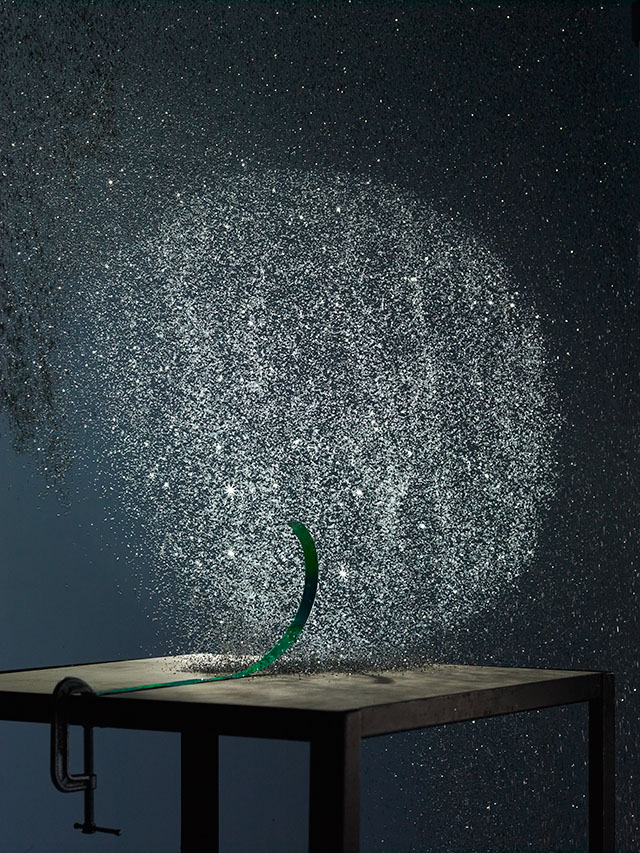
SB: How did it feel going out there on your own, representing your own initiative?
MC: Going to festivals like Houston FotoFest and Rhubarb-Rhubarb in Birmingham, U.K. really helped me take all that I was doing and increase the reach. It felt good to meet like-minded industry professionals and talk about what we were doing. A lot of people were interested in what we were doing with Magenta. Not many people knew of Canadian photographers, and very few of them were going to portfolio reviews at the time. It felt good to share what I was doing and, once Carte Blanche was published, I had an eight-pound calling card. It made a huge difference, coming out with a very high-end, oversized publication, along with our very first Flash Forward book. Places such as FotoFest and Rhubarb gave me the opportunity to meet and ask more international jurors to work with us on Flash Forward. All of that helped shaped the program.
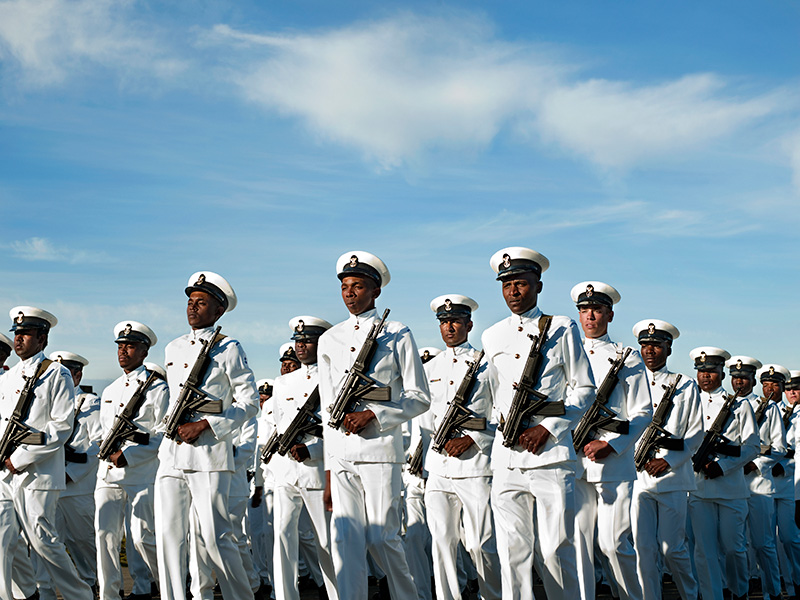
SB: Which photographers have stood out for you over the years?
MC: There are so many of them. In Canada, there’s Jessica Eaton, Donald Weber, Dominic Nahr, The Boreal Collective, Grant Harder, Philip Cheung, James Nizam and Kiana Hayeri. This group of photographers is pushing boundaries, making photography work for them full time, always doing exceptional work and really thinking out of the box. In the U.K., I’d pick Melinda Gibson, Spencer Murphy, Simon Roberts, Jason Larkin, EJ Major, Olivia Arthur and Alma Haser. In the U.S., Jenn Ackerman, Jowhara AlSaud, Curtis Mann, Namsa Leuba, Ben Lowy, Benjamin Rasmussen, Lucas Foglia and Mickey Smith. All of these photographers make me thankful I’m in the profession I am in, and that in some way, we are all connected.
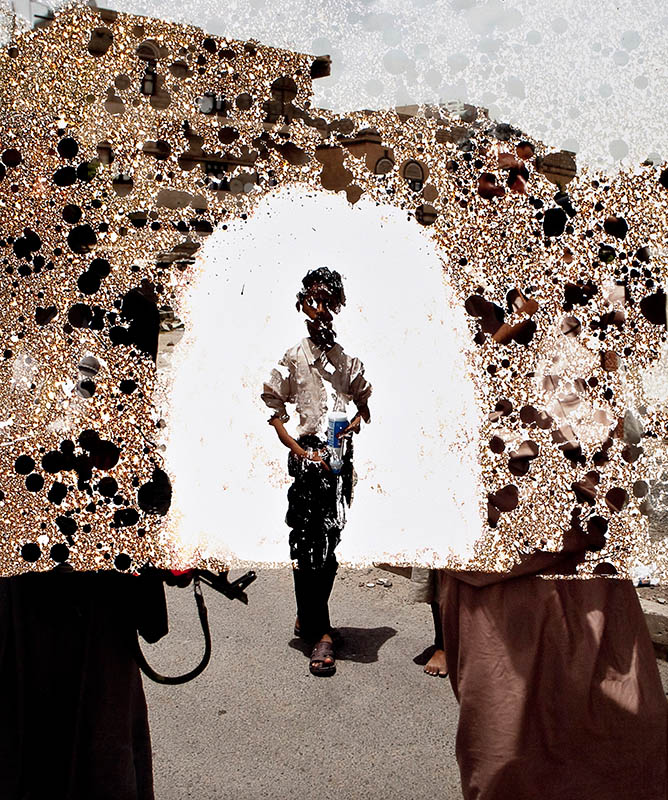
SB: What have been your highlights?
MC: The program has been a hell of a fantastic roller coaster ride. It has surpassed all my expectations, and I still feel there is so much more to come. Working with the quality of the photographers who submit, being one of the first programs that has helped promote and encourage emerging photographers and, of course, all the industry professionals who have helped grow and shape the program each year, I guess my highlight has been seeing my vision work, to correct what had bothered me for so long.
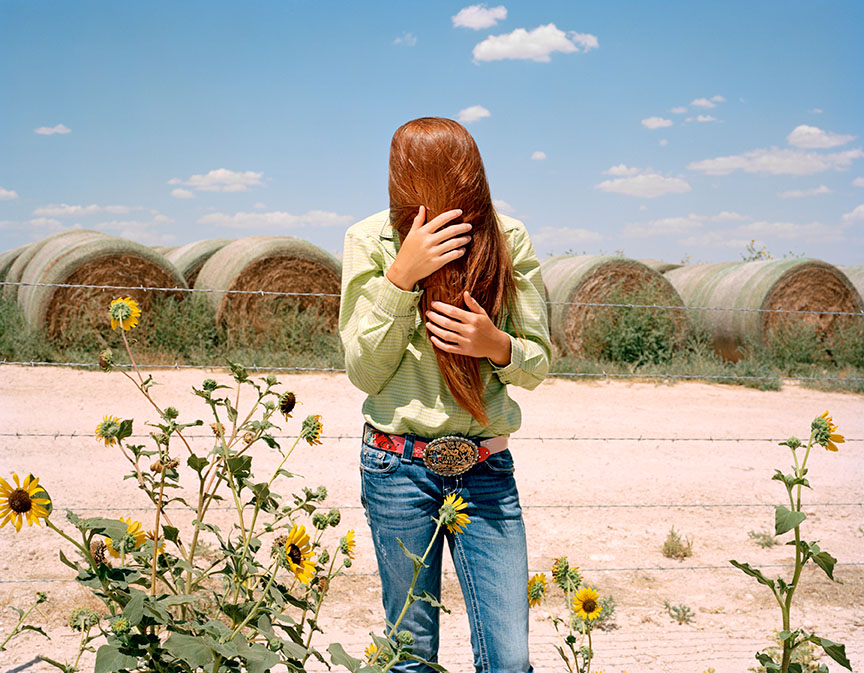
SB: Where do you hope to be with Magenta in another 10 years?
MC: I actually don’t want to know where we will be in 10 years. I want to keep our focus on the things we are doing, expanding our departments of publishing, Flash Forward, Magenta POP and our latest high school Incubator program, which I feel will really take us into a whole other arena. I’m quite happy and want to relish where we are and the successes we’ve had. I am sure there will be many great things on the horizon. I guess you’ll just have to keep watching.
anniversary art Canada emerging talent Flash Forward Competition Flash Forward Tenth Greg Girard Jack Burman Magenta Foundation New York photography Robert Bourdeau Simon Bainbridge Sophie Hackett Toronto United Kingdom United States



